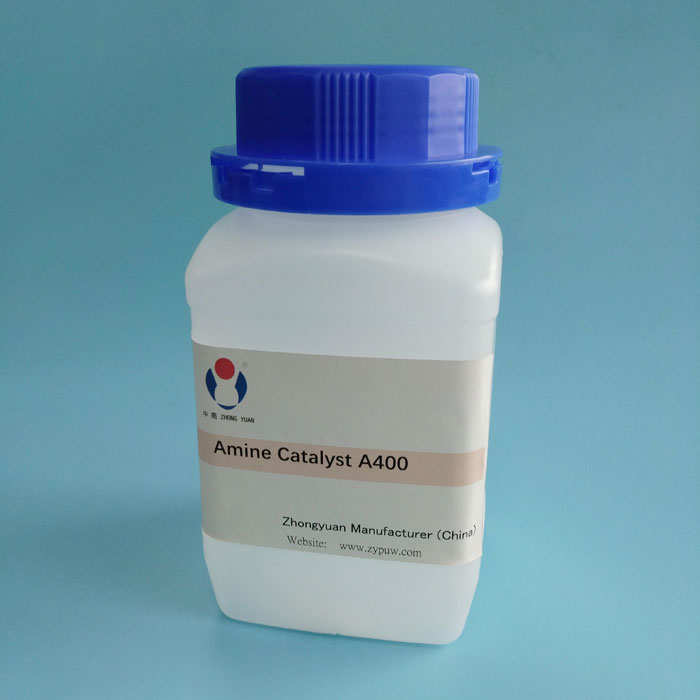- English
- Español
- Português
- русский
- Français
- 日本語
- Deutsch
- tiếng Việt
- Italiano
- Nederlands
- ภาษาไทย
- Polski
- 한국어
- Svenska
- magyar
- Malay
- বাংলা ভাষার
- Dansk
- Suomi
- हिन्दी
- Pilipino
- Türkçe
- Gaeilge
- العربية
- Indonesia
- Norsk
- تمل
- český
- ελληνικά
- український
- Javanese
- فارسی
- தமிழ்
- తెలుగు
- नेपाली
- Burmese
- български
- ລາວ
- Latine
- Қазақша
- Euskal
- Azərbaycan
- Slovenský jazyk
- Македонски
- Lietuvos
- Eesti Keel
- Română
- Slovenski
- मराठी
- Srpski језик
What is the catalytic efficiency of delayed amine A400?
2025-06-24
Delay amine A400 is a catalyst commonly used in polyurethane production, especially in polyurethane foaming and polymerization reactions. It mainly accelerates the synthesis process of polyurethane by promoting the reaction between isocyanate and polyol.
Regarding the catalytic efficiency of delay amine A400, it can be considered mainly from the following aspects:
1. Catalytic efficiency
Delay amine A400 is a highly efficient catalyst that can significantly increase the reaction rate. It provides good catalytic effect on the reaction of isocyanate and polyol, especially at low temperatures.
Its catalytic efficiency is closely related to the amount of catalyst, reaction temperature, concentration of reactants and specific conditions of the reaction system. Reasonable usage can achieve the ideal reaction speed and avoid too fast or too slow reaction.
2. Delay effect
Delay amine A400 has a "delay" effect, which means that it can not immediately play a catalytic role within a certain period of time, but start to work under specific conditions. This delay effect is particularly important in some occasions where the reaction time is required to be controlled.
This delayed reaction feature enables it to provide better control in some situations where the reaction rate needs to be controlled or premature reaction is avoided.
3. Effect of reaction time and temperature
The catalytic efficiency of delayed amine A400 is significantly affected by the reaction temperature. At higher temperatures, its catalytic efficiency usually increases and the reaction rate is faster. On the contrary, it may take a longer time to achieve the desired reaction effect at lower temperatures.
Therefore, controlling the reaction temperature is a key factor in optimizing its catalytic efficiency.
4. Stability and repeated use
The catalytic activity of delayed amine A400 remains stable during long-term use, is not easily deactivated, and can provide a long catalytic cycle. This makes it very practical in large-scale production.
However, excessive use or improper operation may lead to a decrease in catalytic efficiency, so it is necessary to make reasonable adjustments according to the reaction conditions.
5. Cooperation with other catalysts
In some cases, delayed amine A400 may be used in combination with other catalysts to optimize the final properties of polyurethane. For example, it may be used in combination with acidic or alkaline catalysts to adjust the acidity and alkalinity of the reaction, further improving the catalytic effect and the quality of the final product.
Overall, delayed amine A400 has a high catalytic efficiency in polyurethane catalytic reactions, especially in controlling reaction time and reaction rate. Proper use of this catalyst can significantly improve production efficiency and ensure that the final product performs as expected.




